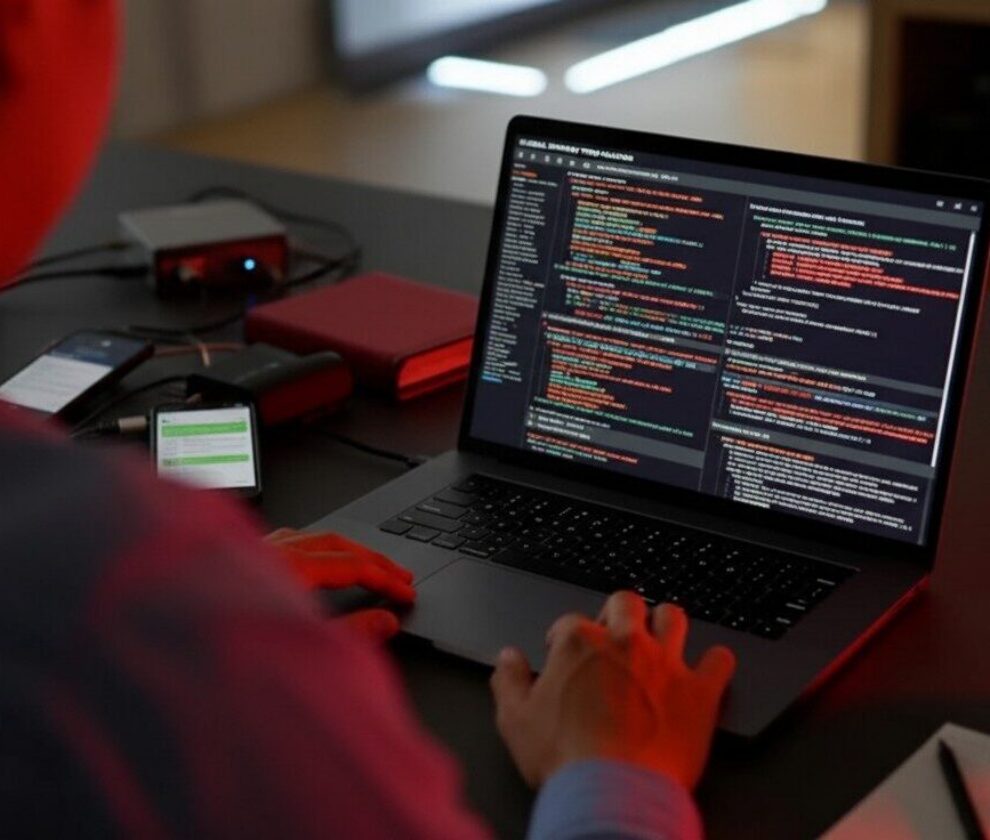In today’s fast-paced digital landscape, Artificial Intelligence (AI) is reshaping Governance, Risk, and Compliance (GRC) practices across industries. Faced with increasing regulatory, ethical, and technological pressures, businesses need innovative solutions to streamline operations and maintain competitive advantage. This article delves into practical applications of AI in GRC and explores strategies to leverage its potential while overcoming associated risks.
Why is AI Essential in GRC?
AI holds the potential to revolutionize numerous sectors through advanced algorithms capable of processing vast volumes of data with unprecedented accuracy and speed. In the context of GRC, AI provides actionable insights into emerging risks, ensures transparency in audits, and simplifies intricate compliance processes. However, while the advantages are clear, integrating AI into GRC frameworks requires careful consideration of biases and the potential for unforeseen operational challenges.
Concrete Applications of AI in GRC
1. Audit Automation: AI-driven tools streamline financial, management, and compliance audits by swiftly generating comprehensive and precise reports from complex data sets.
2. Compliance Detection: Machine learning systems monitor processes to identify policy violations and regulatory gaps, flagging issues before they escalate.
3. Risk Prediction: AI analyzes historical data to identify patterns, predict future risks, and enable proactive risk mitigation strategies.
4. Document Management: Natural Language Processing (NLP) facilitates rapid analysis and processing of large volumes of regulatory and corporate documentation, saving time and resources.
Challenges of Implementing AI in GRC
Despite its transformative benefits, AI adoption in GRC is not without hurdles. Algorithms can reflect inherent biases stemming from training data, potentially leading to discriminatory outcomes. Establishing an ethical framework is essential to counteract these risks. Additionally, the rapid pace of AI innovation often outstrips the evolution of regulatory standards, placing businesses in ambiguous legal territory.
Best Practices for Integrating AI into GRC
1. Start Small: Conduct pilot projects focusing on specific low-risk tasks to assess AI’s impact before scaling organization-wide.
2. Engage Stakeholders: Foster transparency and collaboration among employees, governance teams, and technology providers to ensure smooth implementation.
3. Algorithm Audits: Regularly review AI models to monitor performance, identify biases, and ensure alignment with regulatory standards.
The Future of AI in GRC
The emergence of generative AI and advanced technologies heralds new opportunities for GRC optimization. Conversational AI agents can provide real-time guidance on complex regulatory queries, while behavioral analytics and sensor technologies offer sophisticated anomaly detection and threat prevention capabilities.
Conclusion: Strategic GRC Solutions by My Own Detective
At My Own Detective, we specialize in helping businesses navigate the complexities of GRC with AI-driven solutions. Our customized approaches ensure that AI is implemented ethically, strategically, and effectively, empowering organizations to enhance resilience while minimizing risks. Investing in AI-enabled GRC strategies is not just about staying competitive; it’s about proactively embracing the future of operational excellence and risk management.
Take the first step towards revolutionary GRC practices with My Own Detective, and secure your enterprise’s position in a rapidly evolving technological landscape.


